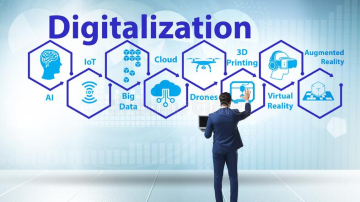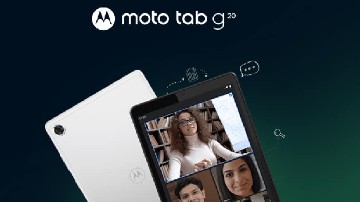
Digitalization refers to the use of digital technology to automate and streamline processes, as well as to create new ways of working and communicating. In recent years, digitalization has become increasingly prevalent in many industries, bringing both advantages and disadvantages. Let's focus on the pros and cons of digitalization to help understand its impact on various aspects of life.
Pros of Digitalization
-
Increased Efficiency: Digitalization can lead to increased efficiency by streamlining processes and reducing manual work. This can result in faster and more accurate decision making, as well as improved productivity and lower costs.
-
Improved Communication: Digitalization enables faster and more efficient communication, making it easier to collaborate with people located in different parts of the world.
-
Access to Information: Digitalization provides access to vast amounts of information at our fingertips, making it easier to find the information we need.
-
Convenience: Digitalization has made many aspects of life more convenient, from online shopping to mobile banking.
Cons of Digitalization
-
Job Losses: Digitalization can lead to job losses in certain industries, as automated processes replace human labor.
-
Cybersecurity Risks: The increased use of digital technology has also increased the risk of cyber attacks and data breaches, making it more important than ever to protect sensitive information.
-
Dependence on Technology: Digitalization has created a dependence on technology, which can be problematic if systems fail or if there is a lack of access to technology.
-
Privacy Concerns: Digitalization has raised privacy concerns, as more and more personal information is being shared and stored online.
In conclusion, digitalization has both advantages and disadvantages. While it has brought increased efficiency and convenience, it has also created new challenges and risks that need to be addressed. Ultimately, the impact of digitalization will depend on how it is implemented and managed, as well as on individual perspectives and priorities.




 (1).webp)


